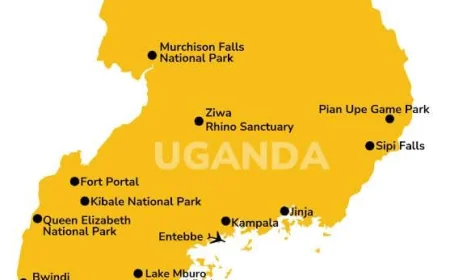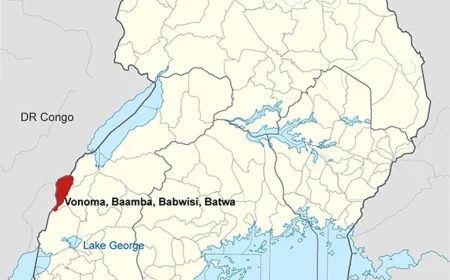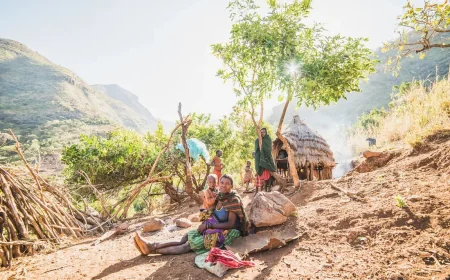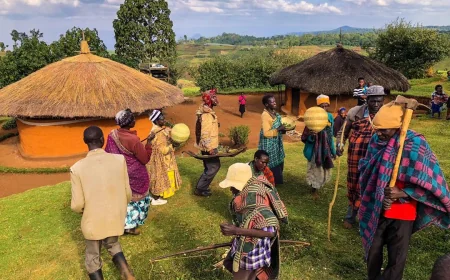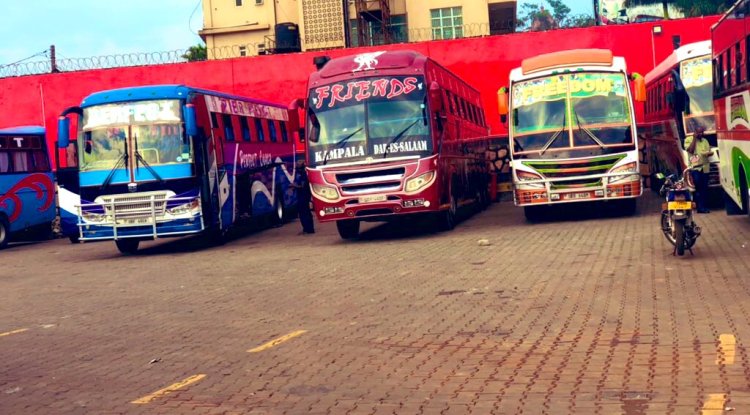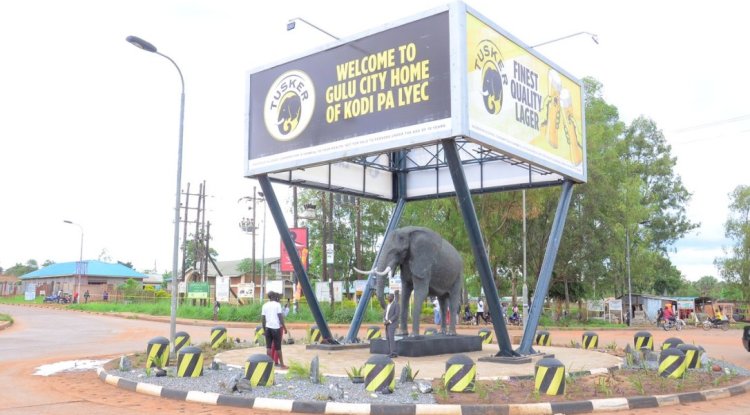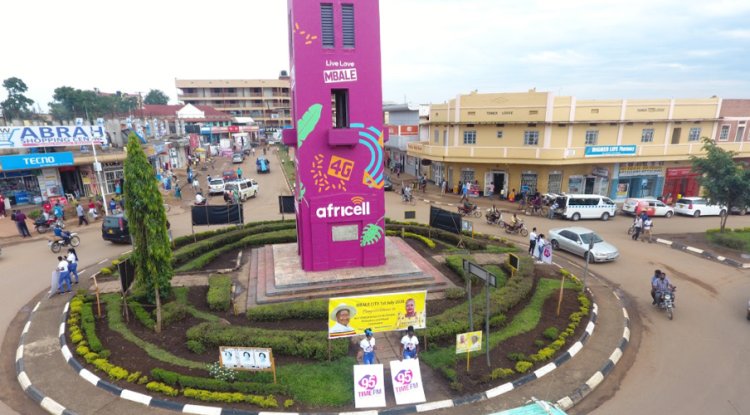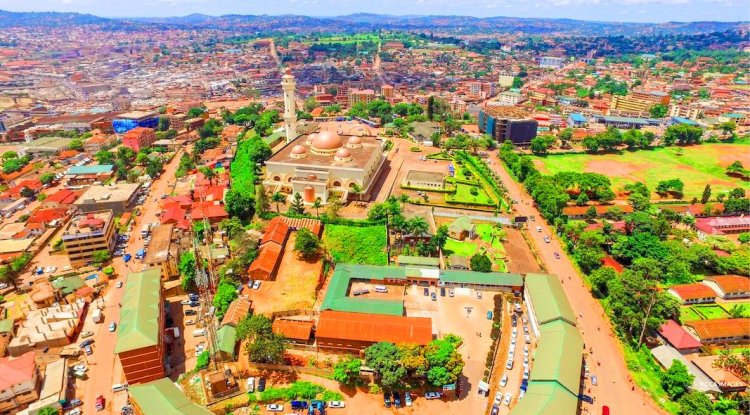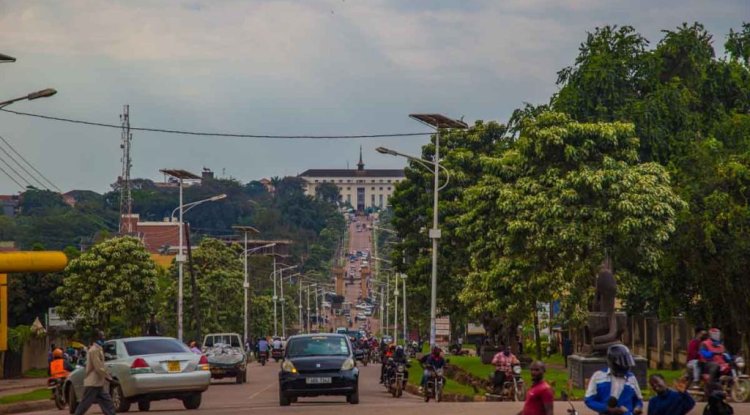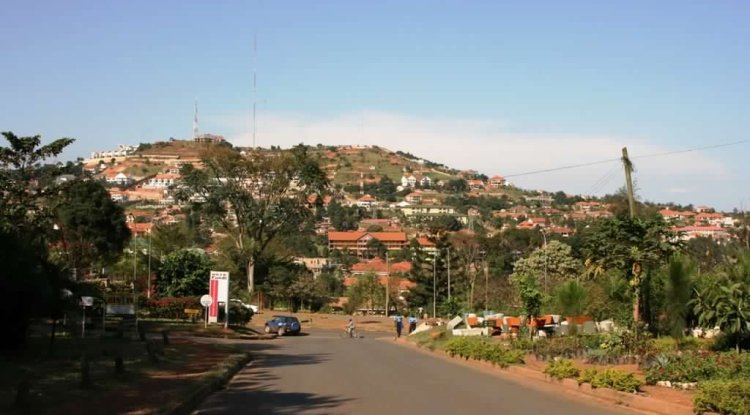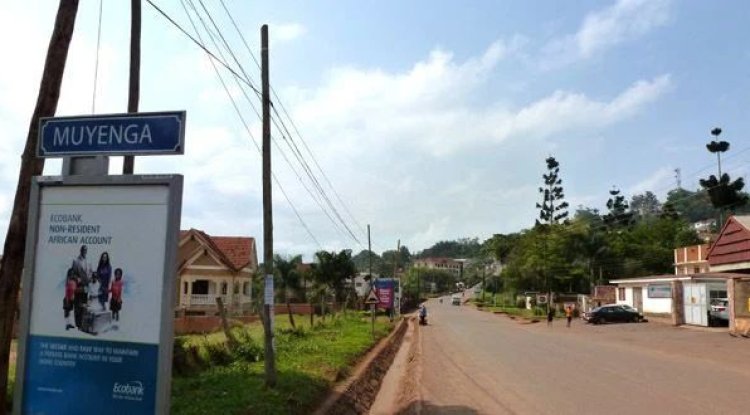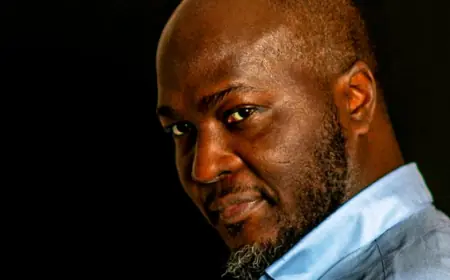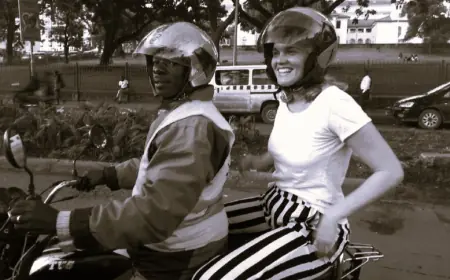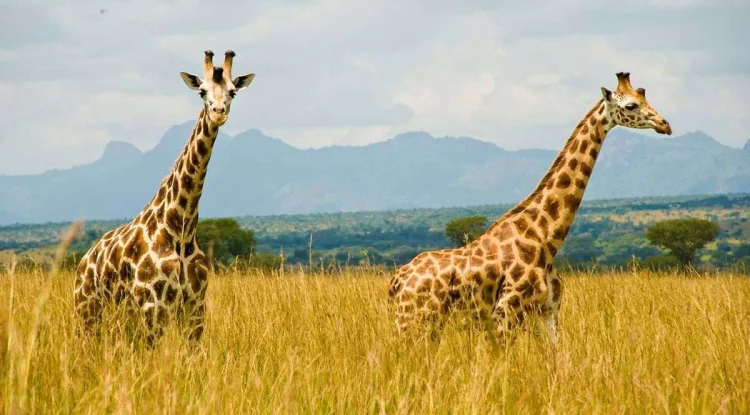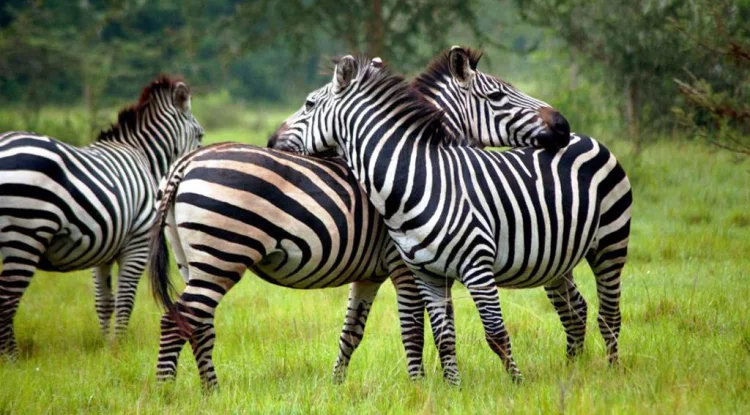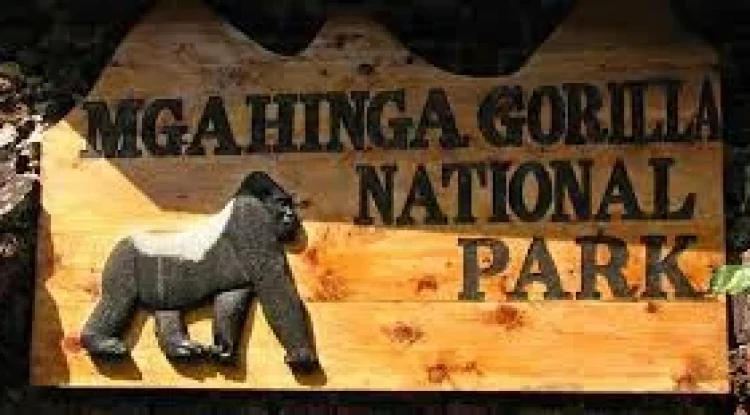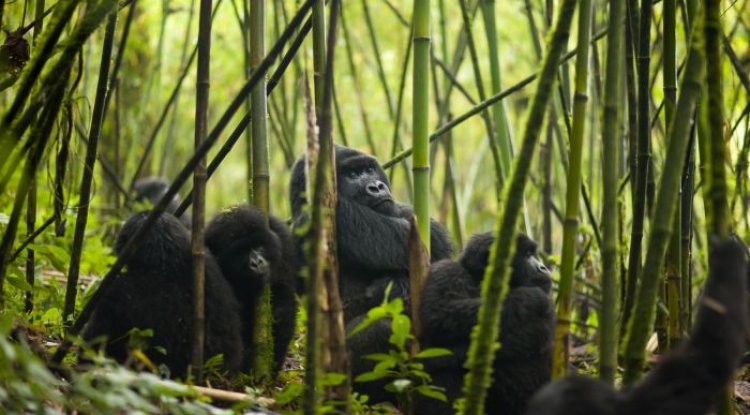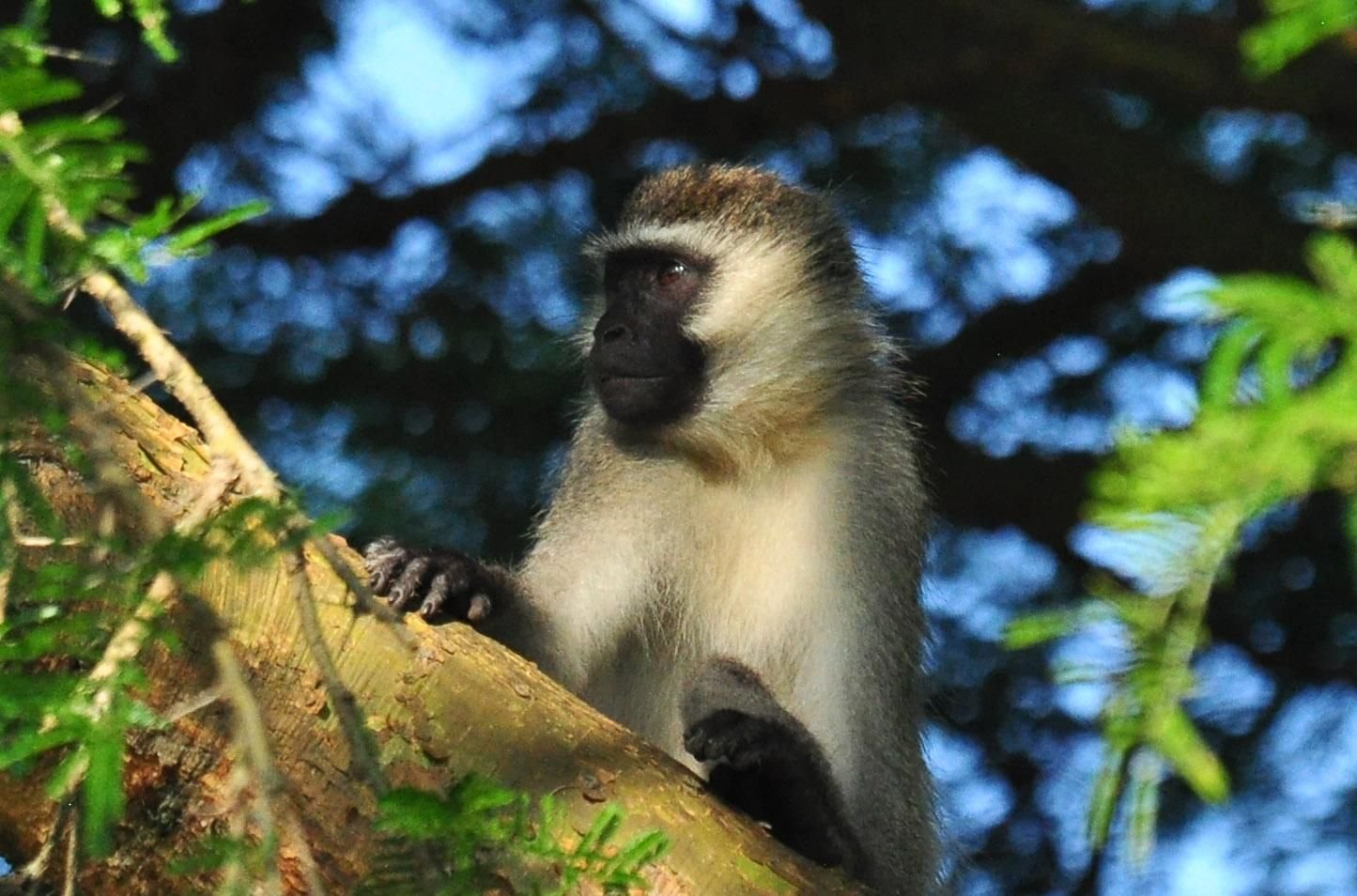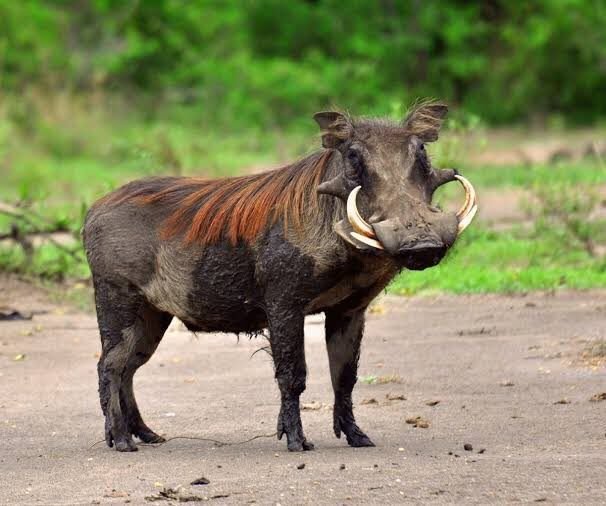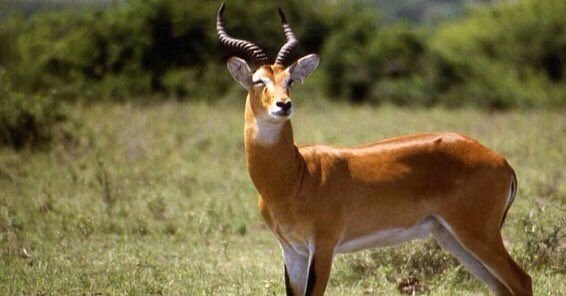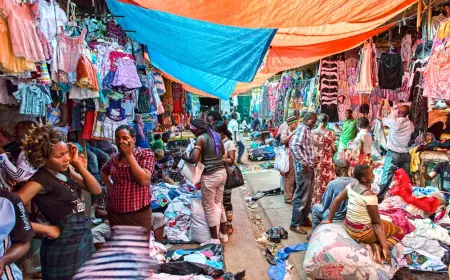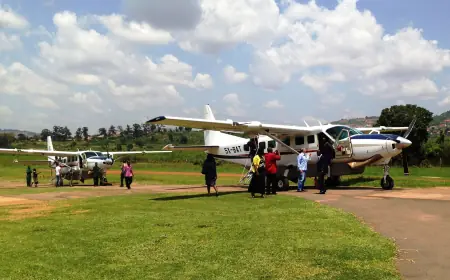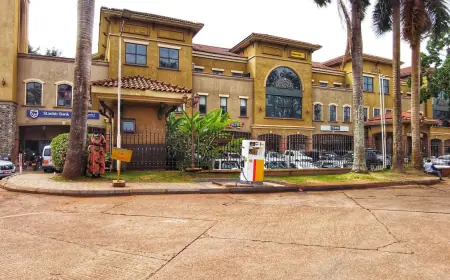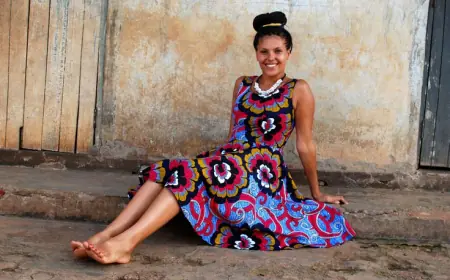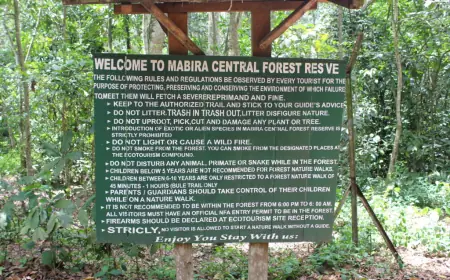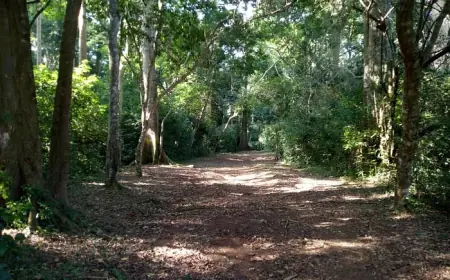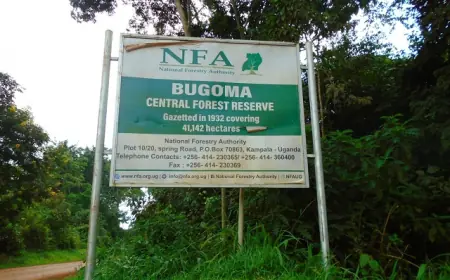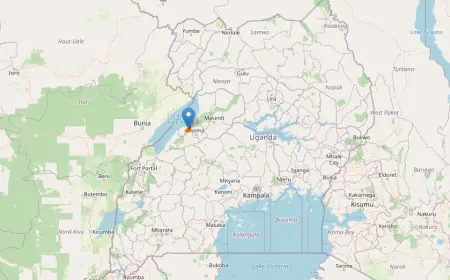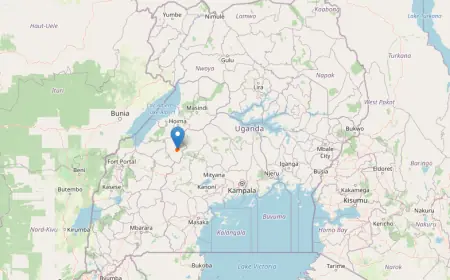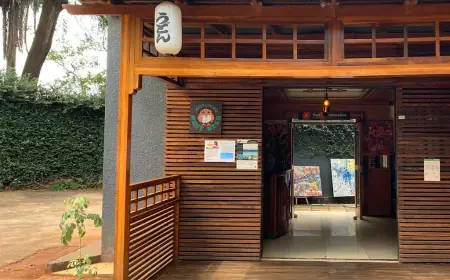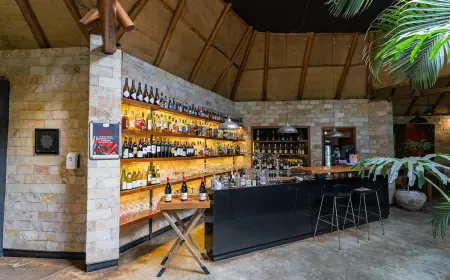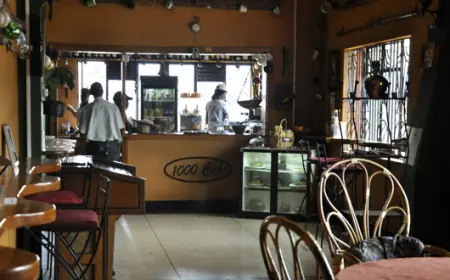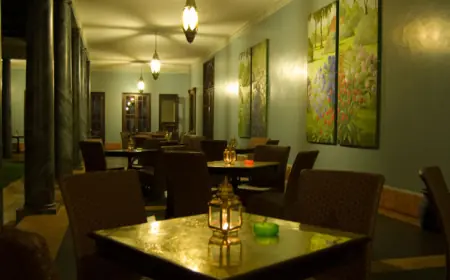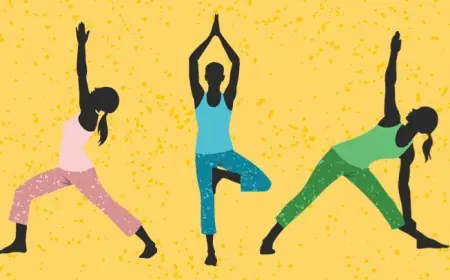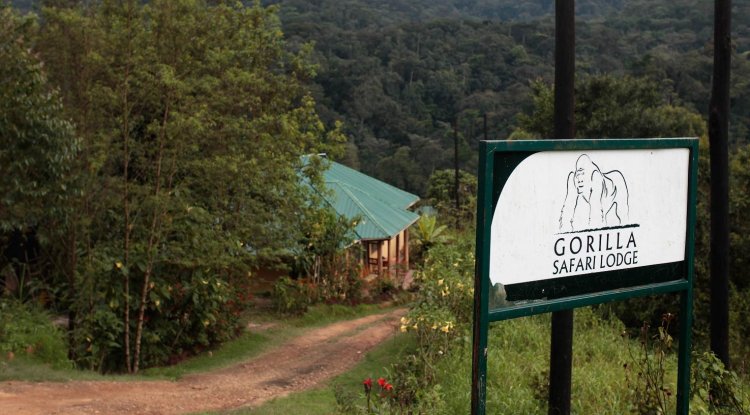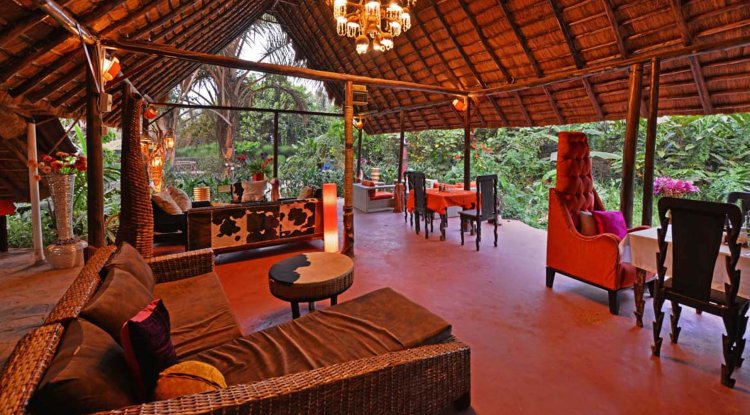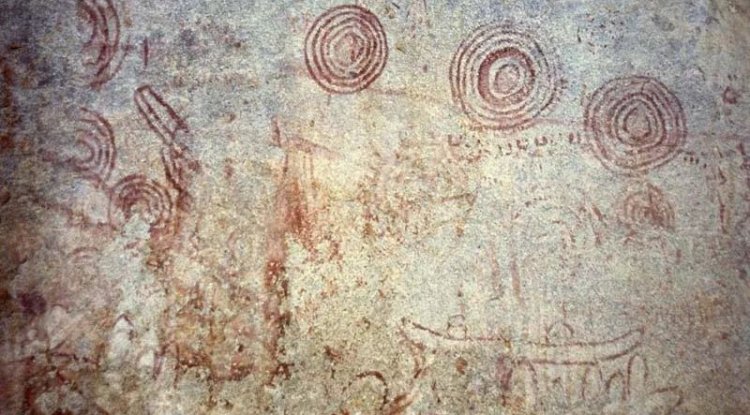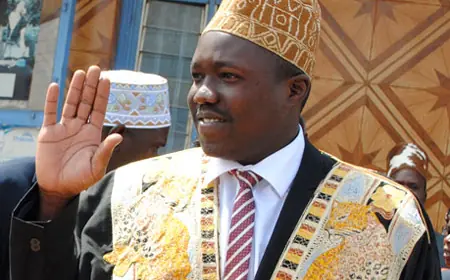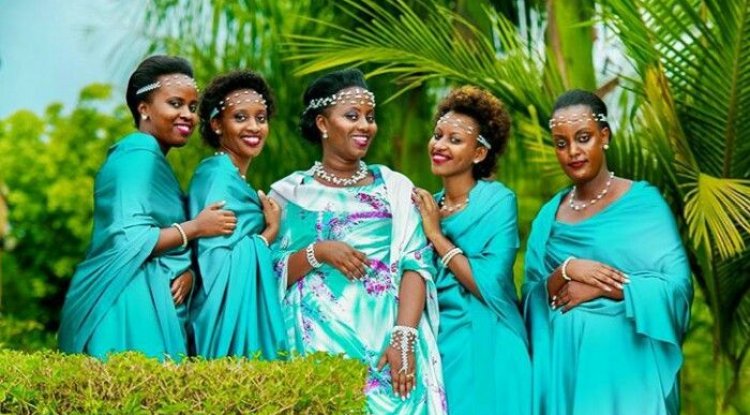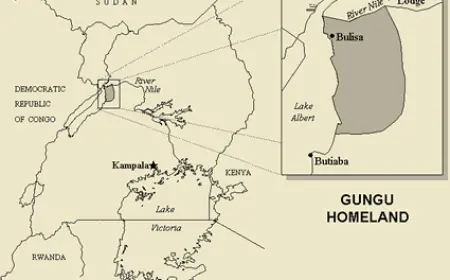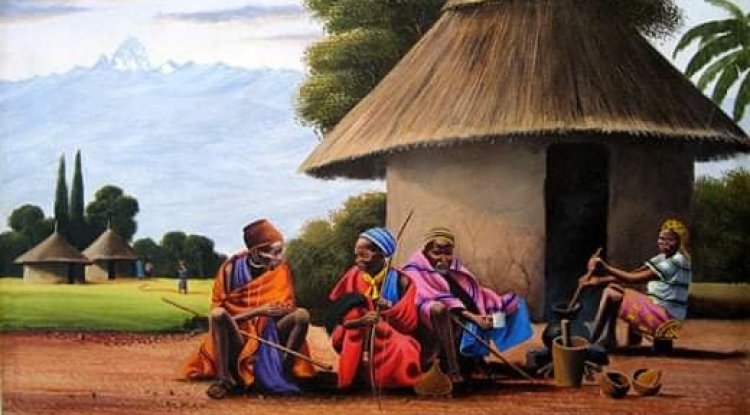The Chope: A Unique Tribe
The Chope belong to the Nilotic ethnic group, but they also have strong ties with the Bantu, the dominant group in Uganda.
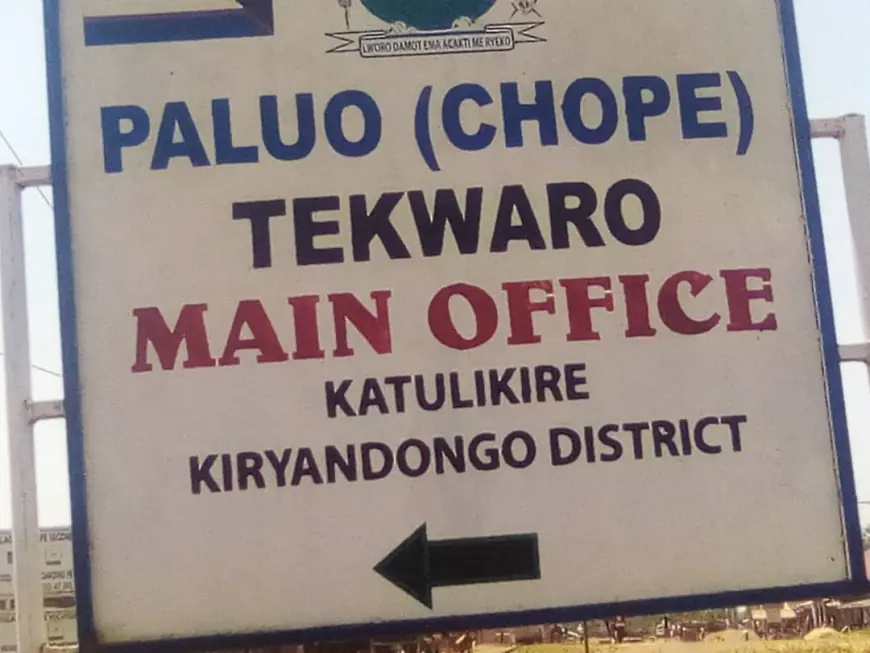
Imagine living in a place where you can trace your ancestry to both the ancient rulers of a kingdom and the nomadic warriors of the desert. Where you can speak a language that blends the sounds of two different ethnic groups. Where you can practice a culture that reflects the diversity of your heritage. This is the reality for the Chope, a tribe in north-western Uganda that has a fascinating history and identity.
The Chope, also called Paluo or Bachope, are a tribe of about 34,000 people who live along the Victoria Nile, north-west of Lake Kyoga. They are mainly found in Kiryandongo district, which is part of the Bunyoro-Kitara Kingdom, one of the oldest and most influential kingdoms in Uganda. The Chope belong to the Nilotic ethnic group, but they also have strong ties with the Bantu, the dominant group in Uganda. How did this happen? To answer this question, we need to go back in time and explore the origins and migrations of the Chope people.
Origins and Migrations
The Chope are part of the Luo people, who originated from Bar-el Gazel in South Sudan during the 16th-century Luo migration. The Luo people are a large and diverse group of Nilotic speakers who spread across East Africa, forming various sub-groups such as the Acholi, Alur, Joluo, Padhola, and Shilluk. The Chope are one of the smallest and least known sub-groups of the Luo.
The Chope separated from their Luo counterparts (Acholi) and moved south to present-day Kiryandongo district in Bunyoro-Kitara Kingdom. According to legend, the Chope's movement to Bunyoro-Kitara Kingdom was as a result of a kingship vacuum that was created when the kingdom's then rulers, called the Bachwezi, left mysteriously without an heir. Before the Bachwezi rulers left, a Chwezi prince who was a brother to the king of Bunyoro-Kitara at the time married a Luo woman from Northern Uganda. This prince was called Omucwezi Kyomya, a brother to then-king Omukama Omucwezi Ndahura.
When the Bachwezi rulers left Bunyoro-Kitara Kingdom without an heir to succeed them, the elders who were left behind in the kingdom went to northern Uganda to get the eldest son of Prince Kyomya, called Isingoma Mpuuga Rukidi (Lakidi), to crown him king of Bunyoro-Kitara Kingdom. Isingoma Mpuuga and his brothers were living with their Luo mother in Northern Uganda. A Luo delegation from Northern Uganda accompanied Isingoma Mpuuga Rukidi and his three brothers to Bunyoro-Kitara Kingdom to take part in his crowning ceremony. It is said that when this delegation arrived in present-day Kiryandongo district, they made a stop to rest. It is this delegation that became the Chope tribe in Bunyoro-Kitara Kingdom.
Culture and Identity
The Chope intermarried with the Bantu in Bunyoro, creating a mixture of Bantu and Nilotic people, some of whom are said to be the Bagungu tribe, who live on the eastern shores of Lake Albert in Buliisa district. They adopted the culture of the Banyoro (Bantu) while retaining part of the Luo (Nilotic) culture. The Chope belong to the Chope region under the Bunyoro-Kitara Kingdom, led by an Omukama (king). The current Omukama is Omukama Agutamba. Solomon Gafabusa Iguru I.
The Chope language is called "Palou," which is a dialect of Luo with some Bantu influences. The Chope are agricultural people who farm millet, sorghum, cassava, maize, sweet potatoes, and vegetables. Their staple foods are millet, cassava, and sweet potatoes, which are eaten with beans. Millet or maize is used to make a drink called "Kwete," and cassava is used to make a drink called "Nguli."
The Chope dress code is traditionally backcloth (adopted from the Banyoro Bantu) and animal skin (original Nilotic dress code). The Chope have a rich oral tradition of stories, proverbs, riddles, and songs that reflect their history and values. Some of the common themes in their oral literature are: loyalty, bravery, wisdom, and respect. The Chope also have a strong sense of community and social responsibility, which is expressed through their clan system, kinship ties, and mutual assistance.
The Chope have a variety of dances, including Bwola, Opere, Otóle, and Runyege-Ntogoro. Bwola dance is a regal dance, whereas Opere dance is a celebration of a successful crop and good times. The Otóle dance is a warrior dance. Runyege-Ntogoro is a courtship dance that they adapted from the Banyoro.
Conclusion
The Chope are a unique tribe in Uganda that has a dual heritage of Bantu and Nilotic. They have a remarkable history of migration and integration with the Bunyoro-Kitara Kingdom, one of the oldest and most influential kingdoms in Uganda. They have a distinctive culture and identity that reflect their diversity and resilience. The Chope are a tribe that deserves more recognition and appreciation for their contribution to the social and cultural fabric of Uganda.
What's Your Reaction?
 Like
7
Like
7
 Dislike
0
Dislike
0
 Love
1
Love
1
 Funny
0
Funny
0
 Angry
0
Angry
0
 Sad
0
Sad
0
 Wow
2
Wow
2
